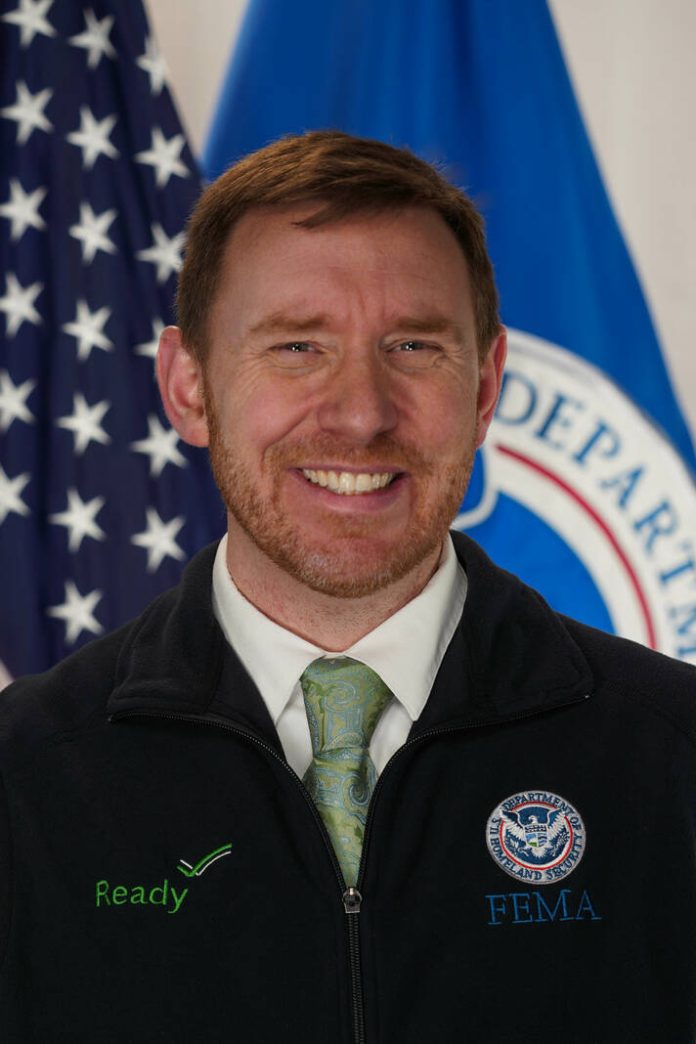
The days of sweltering hot temperatures are upon us. That means extreme heat interrupts the best of our summertime events – from family cookouts to baseball games in the park and outdoor races to raise funds for our favorite charitable organizations. We all know that uncomfortable feeling: when we’re sweaty, tired and weak, nauseous and sometimes even faint. These are all serious effects of high heat and they should not be ignored. But high temperatures can cause much more serious health issues – and even death, if we are not properly prepared when extreme heat is on the radar. So, what does preparation look like? In emergency management, we often say high heat is a predictable surprise. Most of the time, weather forecasters alert us when temperatures are going to be unusually high. Don’t ignore this alert. It is a first indication that a pending threat that may be heading your way. When that’s the case, there are a few things you can do to beat the heat, keep your family safe, and enjoy the activities that make summer, well – summer.
1. Avoid direct heat and strenuous outdoor activities if possible. When you can’t, wear lightweight clothing and keep plenty of water on hand to stay hydrated.
2. Know the symptoms of heat cramps, heat exhaustion, and heat stroke. It’s not uncommon to feel sick when temperatures are extremely high. Check out Ready.gov/heat to get details on the symptoms and tips on how to treat them.
3. Never leave pets or people in vehicles that are not running.
4. Check in on elderly neighbors, children, and individuals with disabilities. All communities are impacted by extreme heat but, it poses a more serious threat to underserved and at-risk populations where homes are not equipped with air conditioning and where aging populations, children, and individuals with disabilities have difficulty with mobility.
I recommend checking in with local officials and making a list of places that are identified as cooling centers in your community. Identify organizations that might be able to help with transportation needs during a heatwave. When it comes extreme heat, it’s important that communities band together to take quick action to reduce its impacts. In FEMA Region 5, we’re moving the needle forward to increase safety and educate communities.
We co-hosted an Extreme Heat Summit in Chicago in early May, where we brought subject matter experts together to share experiences and best practices when it comes to confronting extreme heat events. The conversations were robust, and they were designed to help our local, state, federal, territorial and tribal partners shore up preparedness capabilities and build a plan, before extreme heating events occur. This includes understanding safety barriers of individual neighborhoods in our communities, building clear and concise communications plans before incidents occur, and being intricately aware of how extreme heat impacts power grids and other infrastructure in our communities.
During the two days of conversations, we identified both immediate and long-term actions to guide next steps. FEMA is now developing agency recommendations that will shape future engagements aimed at supporting our partners and providing resources, where possible, that enhance the safety of people across the country, especially those most vulnerable to high-heat events. But true disaster readiness requires all of us—and it starts with personal preparedness. Take the necessary steps now to protect against the impacts of extreme heat. My team at FEMA, alongside our whole community partners, will continue to do what we can to prepare, while creating opportunities to enhance resilience so no community is left behind in the face of this increasingly common and extremely dangerous threat.
Sivak is the regional administrator for FEMA Region 5, which includes the states of Illinois, Indiana, Michigan, Minnesota, Ohio, and Wisconsin

